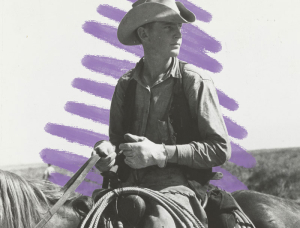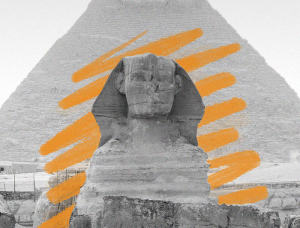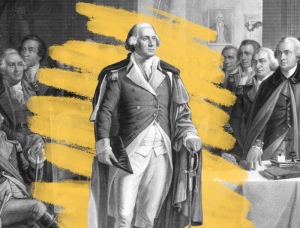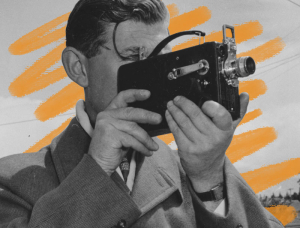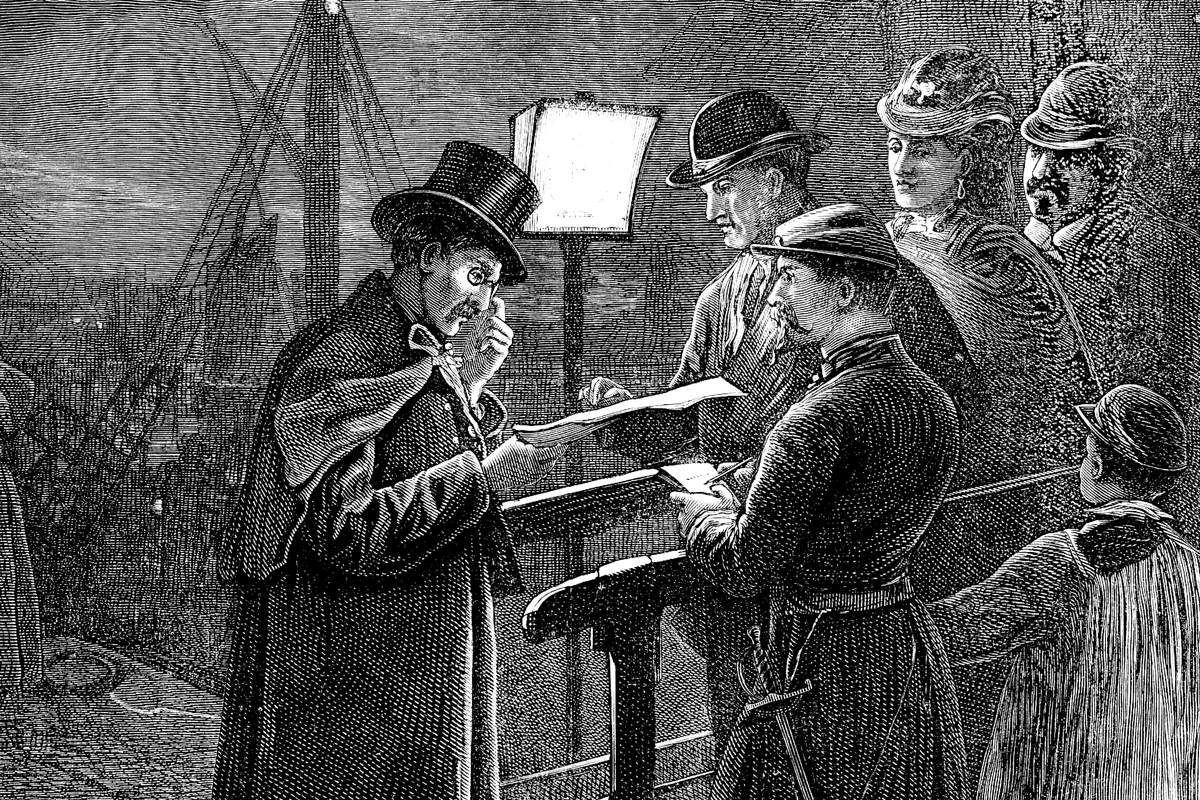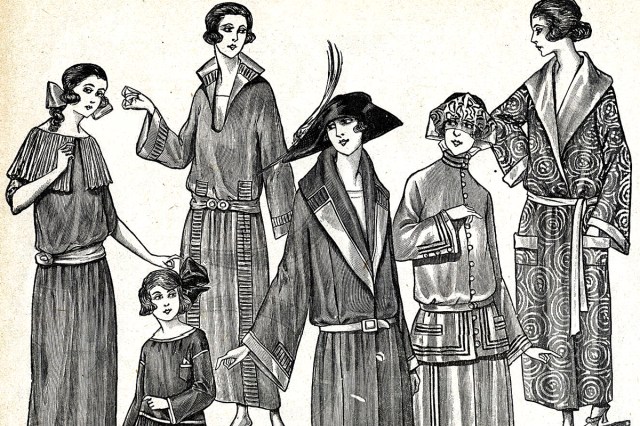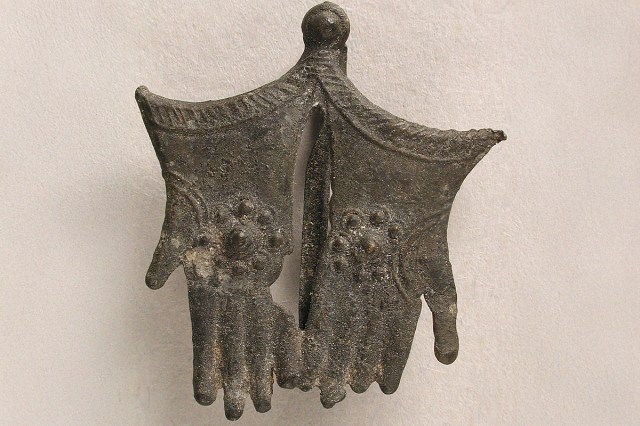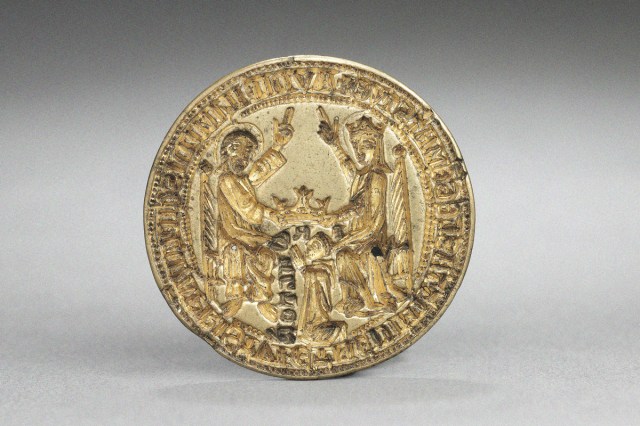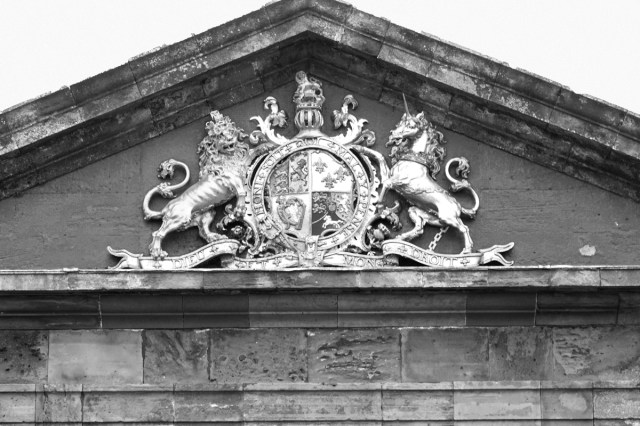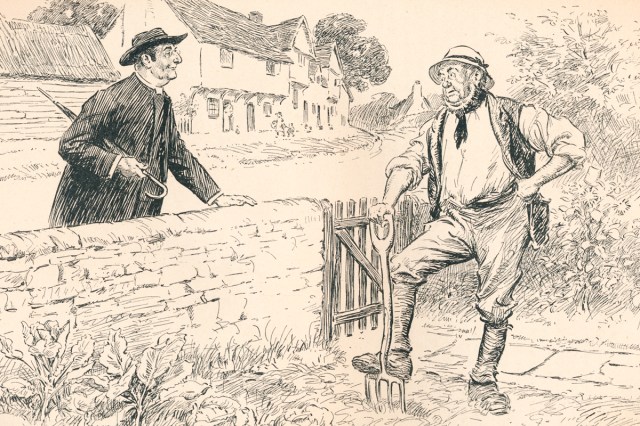What Did People Use for IDs Before Photos?
In a world without cameras, biometric databases, or even consistent spelling, identifying individuals could be quite a complex challenge. Before photography helped fix identity to an image, societies developed a range of creative methods to determine who someone was — a task that could be surprisingly difficult, especially when that someone was outside their home community. From scars to seals to signatures, here’s how identity was tracked before photo IDs.
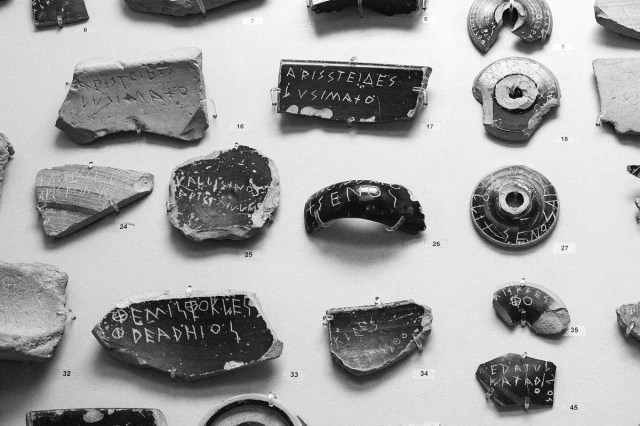
Names (and the Trouble With Them)
A name was the most basic marker of identity for centuries, but it often wasn’t enough. In ancient Greece, to distinguish between people with the same first name, individuals were also identified by their father’s name. For example, an Athenian pottery shard from the fifth century BCE names Pericles as “Pericles son of Xanthippus.” In ancient Egypt, the naming convention might have reflected the name of a master rather than a parent.
But when everyone shared the same name — as in one Roman Egyptian declaration in 146 CE, signed by “Stotoetis, son of Stotoetis, grandson of Stotoetis” — things could get muddled. To resolve this, officials turned to another strategy: describing the body itself.
You may also like
Recommendations For You
-
01.
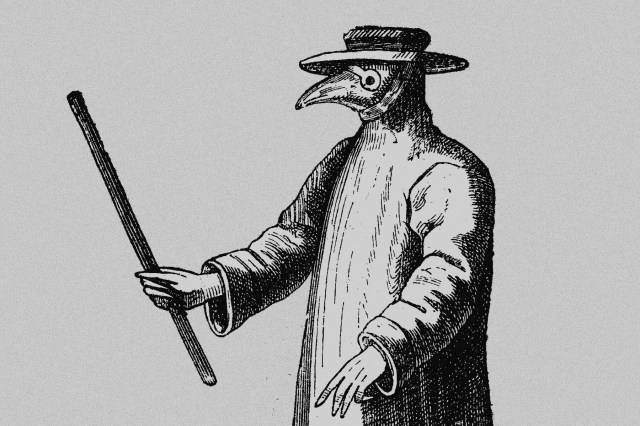 Science & Industry
Science & IndustryWhy Did Doctors Wear Beak Masks During the Bubonic Plague?
-
02.
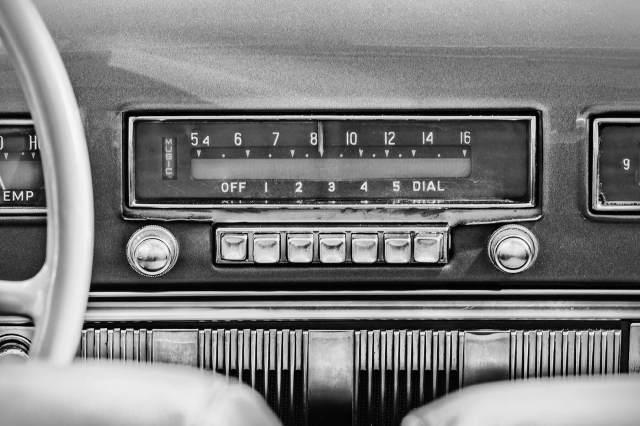 Science & Industry
Science & Industry5 Inventions That Came Out of the Great Depression
-
03.
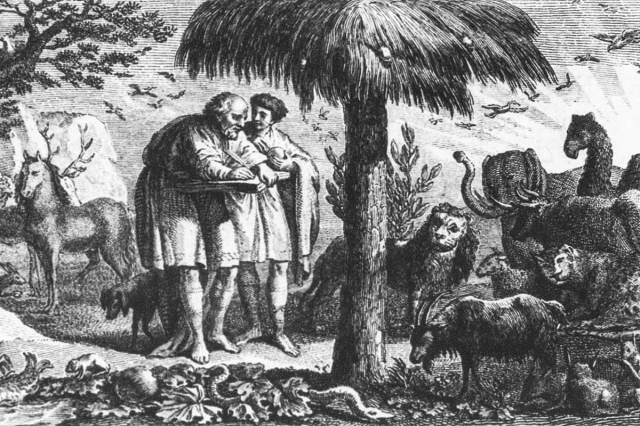 Science & Industry
Science & Industry6 Amazing Breakthroughs Made by the Ancient Greeks
-
04.
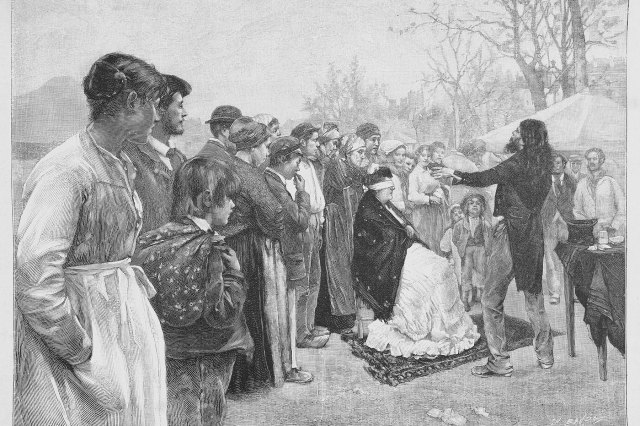 Science & Industry
Science & Industry6 Shocking ‘Scientific’ Beliefs From Victorian England
